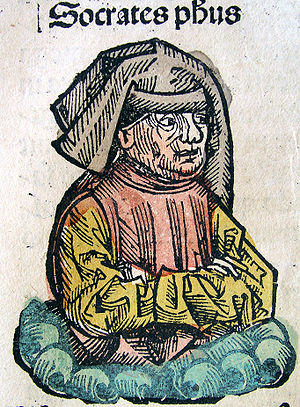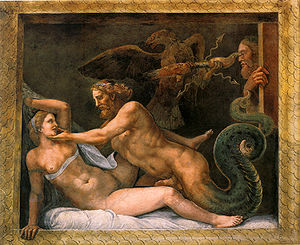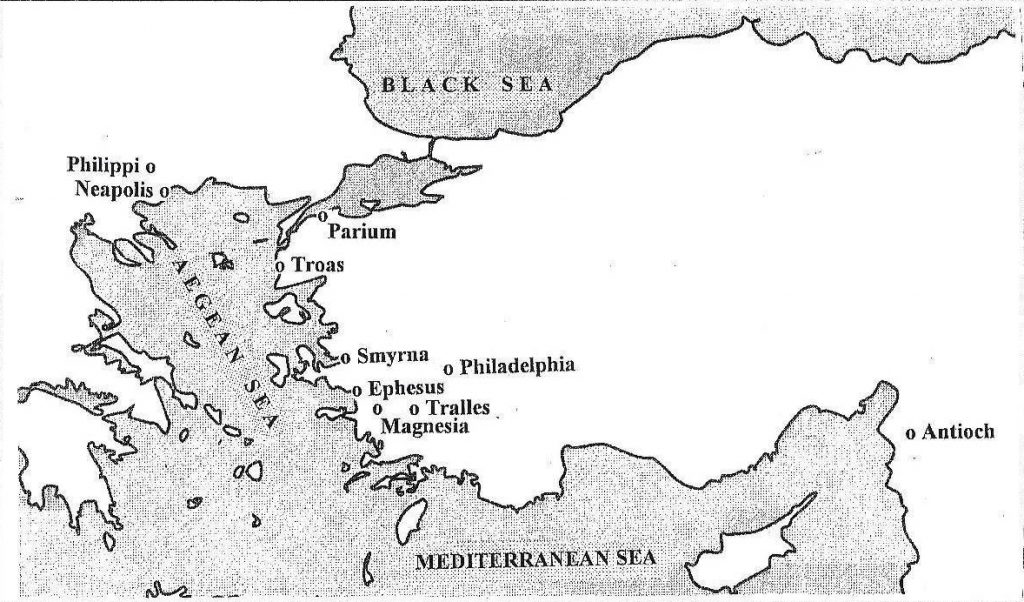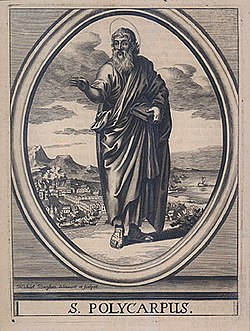5th post in the series by Roger Parvus. The complete series is archived here.
TDOP = The Death of Peregrinus by Lucian. Harmon’s translation here.
So far I have called attention to the many similarities between Peregrinus and the author of the so-called Ignatians. I have explained that, to account for the similarities, it is not enough to simply claim that Lucian, for his portrait of Peregrinus, probably borrowed from Ignatius. It is not enough, for instance, to say with William Schoedel that “Lucian (as Lightfoot and others have suggested) probably had Ignatius in mind when he wrote the following concerning Peregrinus: ‘They say that he sent letters to almost all the famous cities more or less as testaments, counsels, and laws; and he appointed … certain of his companions as ambassadors… for the purpose, calling them messengers of the dead and couriers of the shades…” (“Ignatius of Antioch,” p. 279). Or to say with Allen Brent that “Lucian, as he describes Peregrinus, endows him with many of the characteristics of Ignatius as typical of an imprisoned Christian martyr.” (“Ignatius of Antioch – A Martyr Bishop and the origin of the Episcopacy,” p. 50). That explanation doesn’t work. That kind of borrowing by Lucian would only have compromised his ridicule of Peregrinus. He couldn’t have expected to convincingly expose Peregrinus by substituting a lot of characteristics from someone else, especially when he was writing so soon after the demise of his target. People would have noticed that his portrait was false.
But I have also now shown that the letters themselves contain puzzling features that point to a different explanation for the similarities. The similarities exist because the letters were in fact written by Peregrinus, but the puzzles exist because changes were later made to the letters to disguise his authorship. Fortunately, with help from TDOP, enough telltale traces of the true provenance of the letters remain so that the puzzles can be solved. Authorship by Peregrinus provides a more convincing reason for the urgency of the request that Ambassadors of God be sent from Asia to Antioch. And that request for Asian Ambassadors matches up with the presence of Asian delegates in Syria who, according to Lucian, helped, defended and encouraged Peregrinus. My theory also provides a more convincing reason for the request that a most God-pleasing council be convoked. And it can plausibly reconstruct the circumstances of Peregrinus’ arrest and detect the route that was originally in the letters. It can give a definite meaning to the otherwise vague expression “May I have the joy of you.” Moreover the theory can explain, for instance, why the name of Polycarp is not found in the letter to the Smyrneans, but is found awkwardly lodged in another letter. And why, for instance, only in the so-called letter to Rome is there no mention of a bishop, presbyters and deacons. And it can explain the ‘filtering out’ that has occurred in the church addressed by that letter. Other lesser anomalies find similarly satisfying solutions. And, of course, since Peregrinus at some point became an apostate, there is an overall plausible reason why a later Christian would have needed to disguise the letters if he wanted to use them.
Like this:
Like Loading...






 3rd post in the series by Roger Parvus. The complete series is archived
3rd post in the series by Roger Parvus. The complete series is archived 
